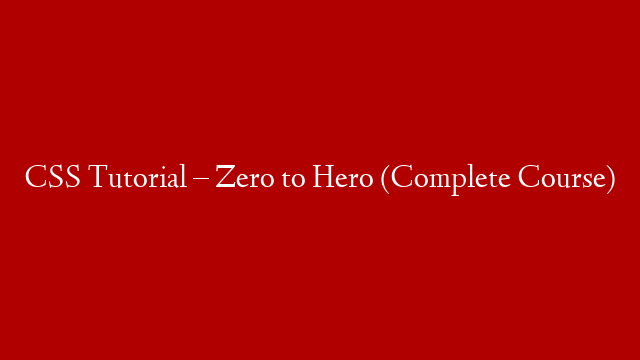WordPress is one of the most popular site-building and content management systems in the world, used by millions of individuals and businesses of all sizes. And it’s not just for small businesses or personal blogs – some of the largest organizations in the world use WordPress, including The Guardian, Forbes, and The New York Times.
Despite its popularity, there is still a lot of confusion about how WordPress works and what it can do. This comprehensive WordPress tutorial will help to clear up some of that confusion, and by the end, you’ll know how to create a website using WordPress.
We’ll cover everything from installing WordPress and adding content to choosing a theme and extending the functionality of your site with plugins. By following along with this step-by-step guide, you’ll have a fully functioning WordPress website in no time.
Before we dive into the tutorial, let’s answer some common questions about WordPress.
What is WordPress? WordPress is a content management system (CMS) that enables you to create a website or blog from scratch, without having to learn coding or web design. In other words, it’s a user-friendly way to build and manage a website.
How does WordPress work? At its core, WordPress is simply a software application that runs on web servers. When you create a WordPress website, you’re installing this software onto a web server that will then host your site. Once installed, you can then use the WordPress CMS to manage your content (add/edit/delete pages and posts), customize your site design (choose a theme), add plugins to extend functionality, and much more.
Is WordPress free? Yes! Both the WordPress software itself and most features are free (though there are some premium themes and plugins available). You will need to pay for web hosting services in order to actually get your site online – but we’ll cover that later in this guide. For now, just know that hosting services start at around $5/month.
Why should I use WordPress? There are many reasons why people choose to use WordPress – but some of the most popular include:
Ease of Use: One of the biggest advantages of using WordPress is that it’s incredibly easy to use – even for those with no prior experience in web development or design.
Flexibility: Another big selling point for WordPress is its flexibility – there are literally thousands of themes ( premade designs) and plugins available ( add ons that extend functionality) , so you can easily tailor your site to fit your specific needs and requirements .
Cost: As we mentioned earlier , since both the core software and most features are free , using WordPress can save you a significant amount of money as compared to other site-building options .


